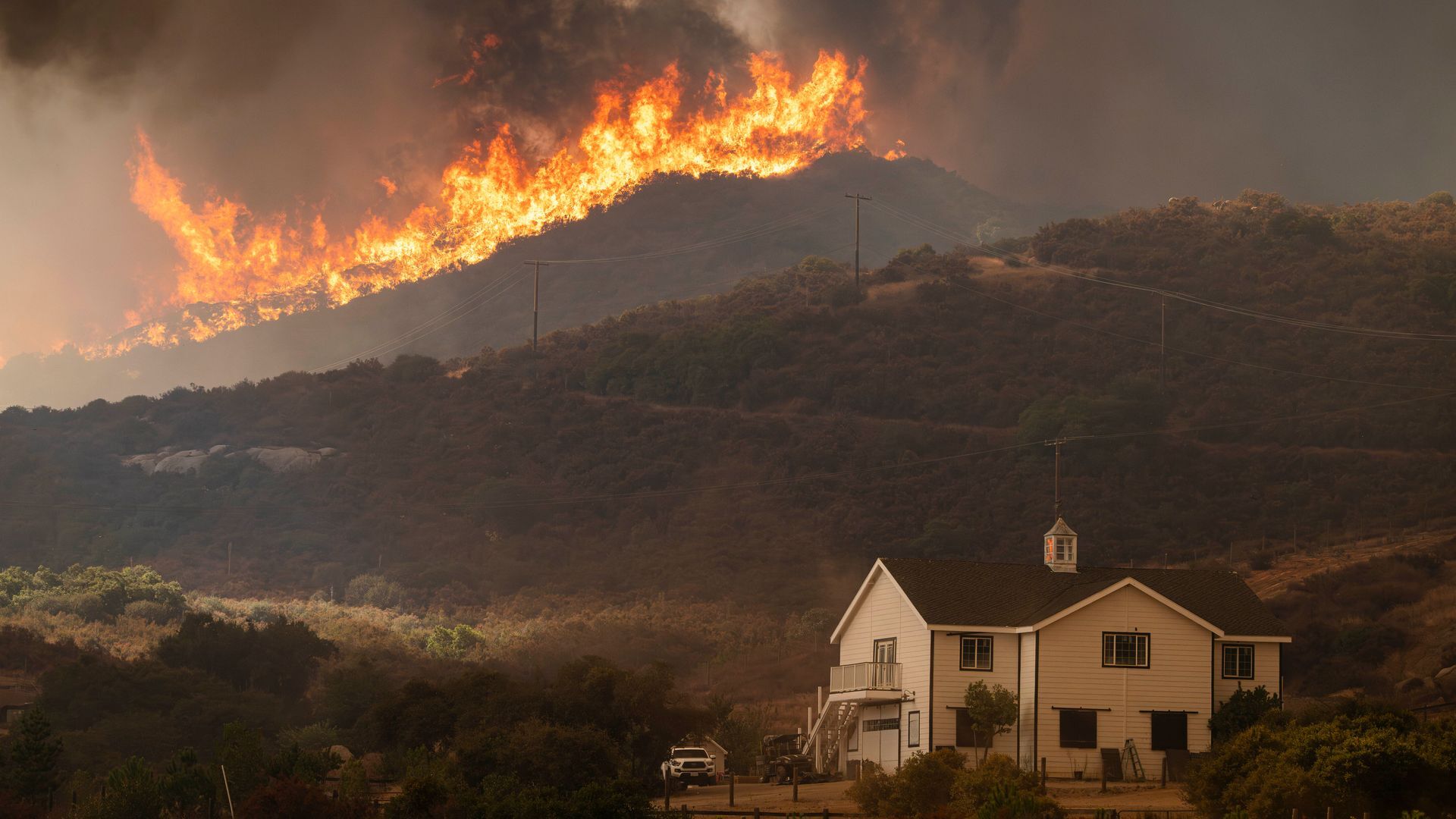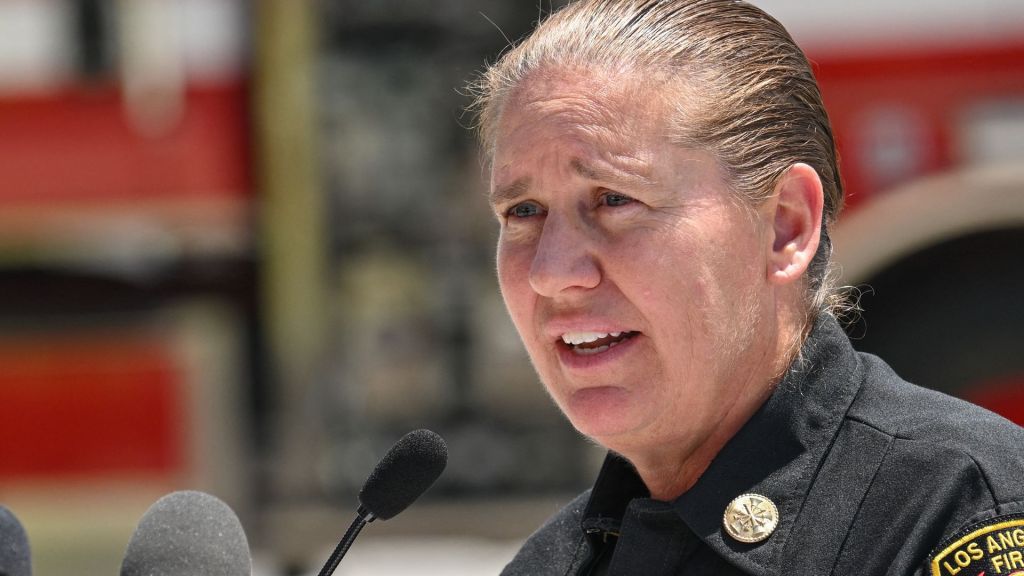
THE RECENT HURRICANES IN FLORIDA HAVE SOME PEOPLE THINKING ABOUT THE POSSIBLE THREATS EXTREME WEATHER CAN HAVE ON THEIR HOMES.
AND BECAUSE RECENT NUMBERS SHOW CLIMATE RISKS ARE BECOMING A CRITICAL CONSIDERATION IN HOME BUYING – ZILLOW IS LAUNCHING A CLIMATE-RISK TOOL.
BUT, HOW RELIABLE IS IT?
THE REAL ESTATE WEBSITE TEAMED UP WITH “FIRST STREET” – A CLIMATE RISK FINANCIAL MODELING COMPANY – TO CREATE AN INTERACTIVE PLATFORM THAT GIVES INSIGHT INTO HAZARDS FROM FLOODS, WILDFIRES, WIND, HEAT AND AIR QUALITY.
IT SHOWS THE RISK PERCENTAGES ESTIMATED 15 YEARS AND 30 YEARS INTO THE FUTURE – THE STANDARD LENGTHS FOR FIXED-RATE MORTGAGES.
A ZILLOW SURVEY FROM SEPTEMBER 20-23 FOUND THAT MORE THAN 80 PERCENT OF PEOPLE CONSIDERED CLIMATE RISKS WHEN LOOKING AT HOMES.
BUT ACCORDING TO “HEAT MAP NEWS” THERE ARE A FEW THINGS TO KEEP IN MIND WHEN USING ZILLOW’S NEW TOOL.
SOME EXPERTS SAY TOOLS LIKE “FIRST STREET” MAY BE QUESTIONABLE BECAUSE DIFFERENT CLIMATE RISK MODELS COULD GIVE VERY DIFFERENT ESTIMATES FOR THE SAME PROPERTY.
ONE TIP IS TO USE ZILLOW’S FLOOD RISK ASSESSMENT AS A STARTING PLACE, BUT CONTACT THE LOCAL GOVERNMENT TO LEARN MORE.
THAT’S BECAUSE THE ABILITY TO FIGURE OUT WHETHER A HOUSE WILL FLOOD DEPENDS ON KNOWING THE LOCAL INFRASTRUCTURE INCLUDING STORMWATER DRAINS, WHICH DOESN’T EXIST ON THE CLIMATE RISK MODELS.
EXPERTS DO SAY TO TAKE IT SERIOUSLY IF ZILLOW SAYS THAT A PROPERTY FLOODED RECENTLY, BECAUSE THAT DATA IS TYPICALLY RELIABLE AND SHOULD BE A RED FLAG.
ANOTHER NOTE FROM EXPERTS IS THAT ZILLOW’S TOOL WILL LIKELY UNDERESTIMATE A HOME’S WILDFIRE RISK, ESPECIALLY OUT WEST.
THAT’S BECAUSE COMPUTER MODELS THAT ESTIMATE WILDFIRE RISK ARE IN AN EARLY STAGE OF DEVELOPMENT.
ALSO – WHEN ASSESSING WHETHER YOUR HOME FACES WILDFIRE OR FLOOD RISK … YOU SHOULD FACTOR IN THE WHOLE NEIGHBORHOOD LIKE CONSIDERING WHETHER THE ROADS WOULD STILL BE DRIVABLE IF POWER LINES FELL … WHICH ISN’T DETECTED ON ZILLOW’S TOOL.
OVERALL, EXPERTS SAY USING CLIMATE-RISK TOOLS LIKE THIS CAN BE HELPFUL, BUT TO DO YOUR OWN RESEARCH, TOO.
SOME BELIEVE COMMUNITY OFFICIALS SHOULD BE INVESTING IN CLIMATE-RISK TOOLS, SO IT’S NOT ONLY UP TO THE CONSUMER.
FOR EXAMPLE, THE STATE OF CALIFORNIA IS INVESTING IN A PUBLIC WILDFIRE CATASTROPHE MODEL SO IT CAN FIGURE WHICH HOMES AND TOWNS FACE THE HIGHEST RISK.
FOR SAN I’M … LAUREN TAYLOR.
FOR ALL YOUR LATEST NEWS HEADLINES – DOWNLOAD THE STRAIGHT ARROW NEWS APP TODAY.











